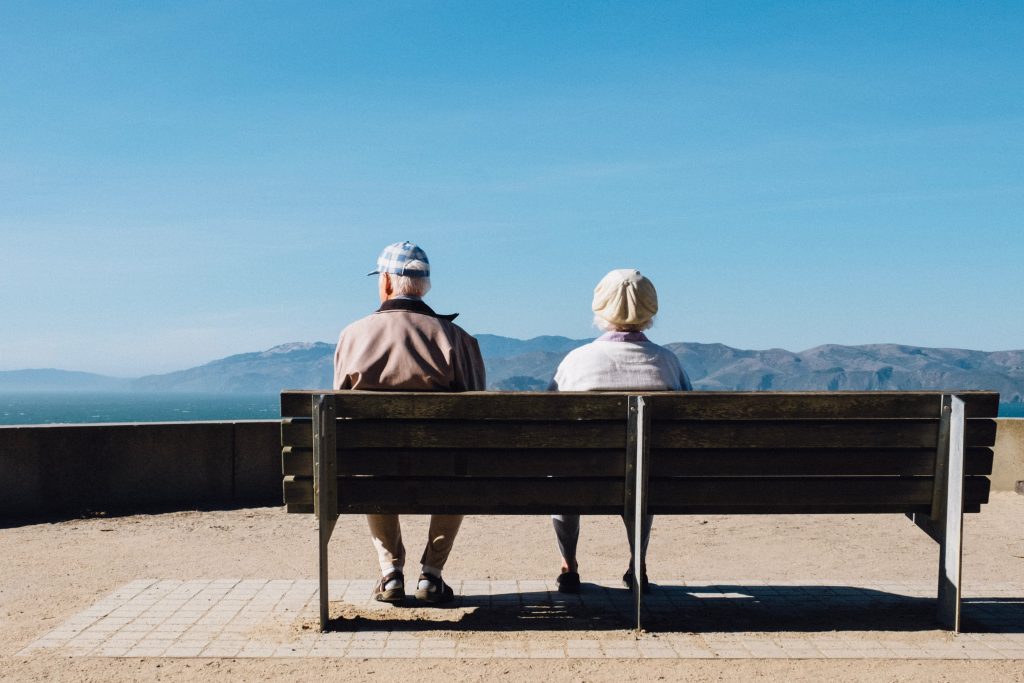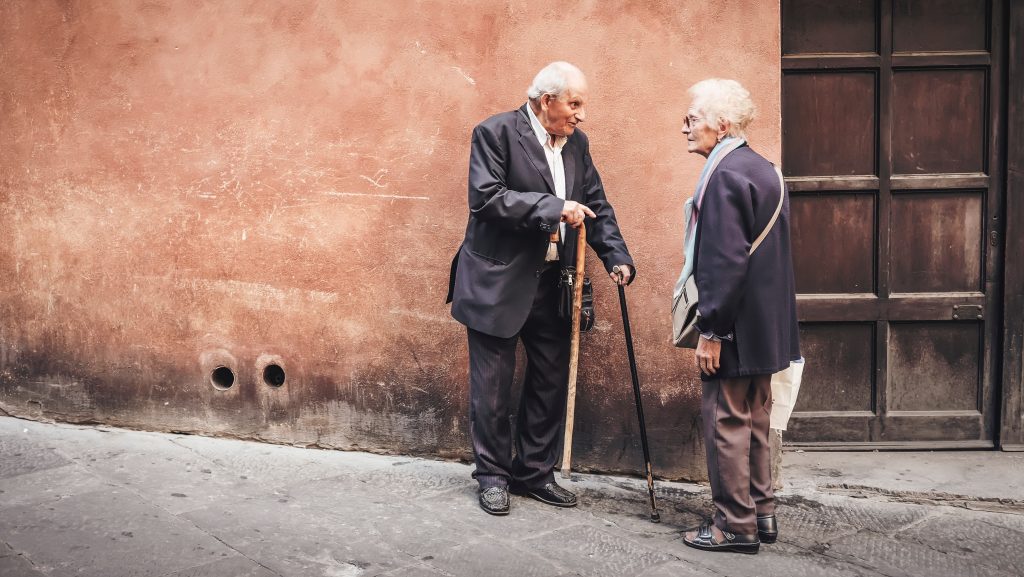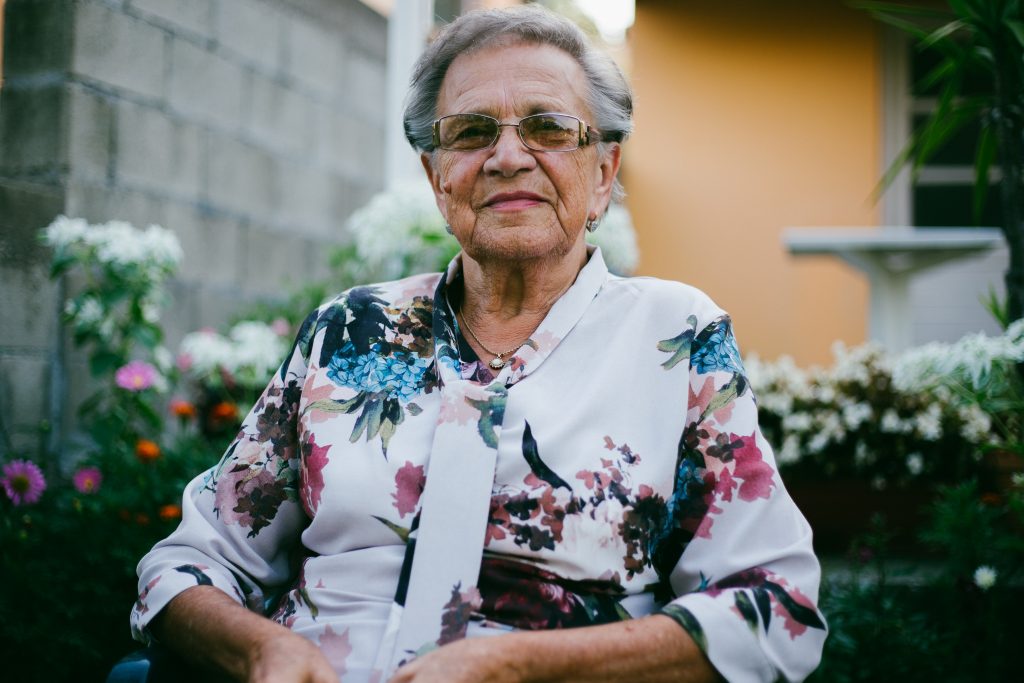Autocomplete Question: “Why Is Russian Life Expectancy So Low?” Posted by Maria on Oct 17, 2019 in Uncategorized
We are continuing our Autocomplete Questions series — these are questions that pop up in your search bar when you start typing. This time, I put in “Why is Russian…” and one of the questions read “Why is Russian life expectancy so low?” Let’s tackle this question in this post.
Some Statistics
First, how low is life expectancy in Russia? (A terminology note: technically, life expectancy is “ожида́емая продолжи́тельность жи́зни,” although, in everyday speech, people will simply say “продолжи́тельность жи́зни“—”life span.” These are technically different things, but they are used interchangeably in non-expert speech.) In 2018, life expectancy was 68 years for men (для мужчи́н), and 78 years for women (для же́нщин).
This still may sound low compared to other counties. At the same time, consider that, according to the World Health Organization (Всеми́рная организа́ция здравоохране́ния, ВОЗ), life expectancy at birth fell more than 7 years between the years 1990 and 1994 and reached the low point of 57 years for men and 71 years for women. That was also one of the largest gaps between the genders.
Causes of Mortality
So why was life expectancy so low in the 1990s? Researchers, such as those who worked on the WHO report, point to several reasons:
- Rapid transition to a market economy and erosion of social safety networks. As you may remember, in the early 1990s, Russia moved from a planned economy (пла́новая эконо́мика) to a market economy (ры́ночная эконо́мика) through a series of reforms called “shock therapy” (шо́ковая терапи́я). The Borgen Project lists “poor healthcare, economic and social instability and depression” among the causes that pushed life expectancy down. (Healthcare = здравоохране́ние, instability = нестаби́льность.)
- High levels of alcohol consumption and easy access to homemade alcohol. The first—and last—Soviet president, Mikhail Gorbachev (Михаи́л Горбачёв) ran an anti-alcohol campaign (антиалкого́льная кампа́ния) in the late 1980s, but after the collapse of the USSR (распа́д СССР), it was quickly abandoned. Per-capita alcohol consumption (потребле́ние алкого́ля) was high, access to low-quality and/or homemade spirits was easy, and a binge-drinking (запо́и, plural noun) was widespread, especially among men. Mortality (сме́ртность) was high from alcohol consumption proper and from the consequences of alcoholism, such as cardiovascular conditions (серде́чно-сосу́дистые заболева́ния), violence (наси́лие), and road accidents (ава́рии).
- Smoking. Other types of substance abuse have also contributed to high mortality rates in Russia in the past. Smoking (куре́ние) rates are still high in Russia but have come down from their peak. Between 2008 and 2013, 61 percent of men reported smoking, as did 22 percent of women. However, The Guardian reports that smoking incidence went down by more than 20 percent between 2009 and 2016.
What’s Changed?
The recent rise in life expectancy, modest as it is, has been attributed to several factors. The WHO reports a 43 percent drop in alcohol consumption since 2003. Bootleg alcohol is not as widespread, and alcohol sales between certain hours have been banned. In addition, the government has imposed restrictions on alcohol advertising (рекла́ма) and has increased the minimum price (минимальная цена) of alcohol. As mentioned above, smoking rates have come down considerably although they remain high. This decrease occurred partly because of bans on smoking in public places (запре́т на куре́ние в обще́ственных места́х) and higher excise taxes (акци́зы) on cigarettes.
What has been your experience with the quality of life in Russia? Have you met many people who lived to be 80 or 90? How does Russia compare to your home country?

Build vocabulary, practice pronunciation, and more with Transparent Language Online. Available anytime, anywhere, on any device.






